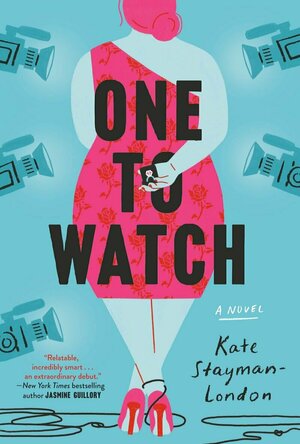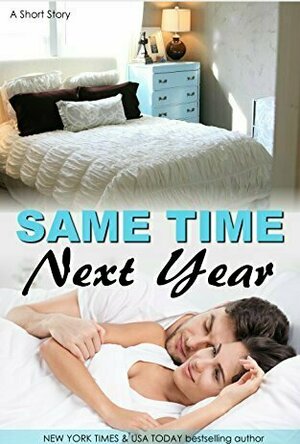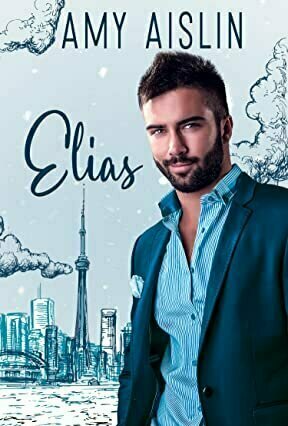
Candy Fever Mania - The Kingdom of Match 3 Games
Games and Entertainment
App
Welcom to the paradise of candy fever mania world! Candy Fever Blast is a FREE game. The Candy world...
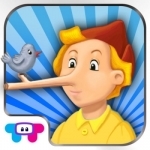
Pinocchio - An Interactive Children's Story Book
Book and Education
App
Pinocchio is a beautiful interactive & magical production of the famous fairy tale by Carlo...
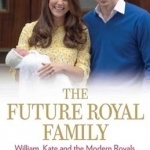
The Future Royal Family: William, Kate and the Modern Royals
Robert Jobson and Arthur Edwards
Book
They have been dubbed 'the modern royals' by the world's media, and have not only won the hearts and...
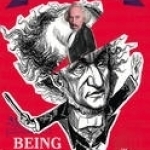
Being Wagner: The Triumph of the Will
Book
Simon Callow plunges headlong into Wagner's world to discover what it was like to be Wagner, and to...

Copenhagen Marco Polo Guide
Book
Experience all of Copenhagen's attractions and get lots of information about the city's sights,...
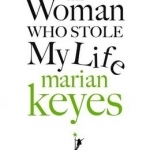
The Woman Who Stole My Life
Book
Ever wish you could trade your life in for a better one? The Woman Who Stole My Life is a story full...
Kristy H (1252 KP) rated One to Watch in Books
Nov 12, 2020
"Life isn’t often a fairy tale, even on a show that aims to create one.”
I've never seen "The Bachelor" (Main Squeeze's equivalent) before in my life, but I found this book fascinating. (Probably more enjoyable than the actual show, ha.) It's frothy and entertaining but also tackles serious topics like body issues and racism. Once on the show, Bea meets a host of men: some truly awful, some quite lovely. It's quite the ride to watch her have her choice of eligible and handsome men.
I found Bea a little frustrating in her absolute unwillingness to open up, leading her to wallow in self-pity and a complete inability to even consider love. But, she had her reasons. The body positivity in the book was excellent and frequent. Bea is fearful of opening up and revealing herself and her body after being hurt. But she's also a successful and strong businesswoman (and now a celebrity!). The book draws you in to the episodes of Main Squeeze--it's honestly quite addictive. It sprinkles in excepts from Twitter, chats, publications, and more to tell the story--a very effective format. And there's true humor, romance, and heartbreak involved as well.
Overall, this was probably 3.75 stars for me--bumping up due to its strong coverage of serious and important topics. Oh and for Bea's stepdad! I loved him so much. Worth a read, for sure.
Kara Skinner (332 KP) rated Same Time Next Year in Books
Sep 10, 2019
Word Count: 4,560
Average Goodreads Rating: 3.27/5 stars
My rating: 4.5/5 stars
It’s not often a book can surprise me. But Same Time Next Year totally took me off guard.
Every year, for the past either years, Regina White and Tyler Harrison meet at the same hotel, in two connecting rooms for one night.
The receptionist, Elizabeth, thinks she has the whole situation figured out. But she doesn’t know what this night means to the mysterious couple. And somehow she can’t stop thinking about them anyway.
You can read Same Time Next Year for free on Smashwords.
At first I thought I wasn’t going to like this story. I thought it was about two people leaving their depressing and dull lives to have one night of infidelity and debauchery a year, like some sort of modern day fairy tale. On top of that, the “good” character, Elizabeth, is kind of a bitch who is quick to condemn and judge Regina, but smile and admire Tyler.
It’s one thing to disapprove of adultery, it’s another thing to have double standards about it.
But despite my misgivings at first, I got sucked into the very hot sex scene quickly.
“No, I don’t want champagne. I want you. Naked. And wet. And begging.”
Gotta love good dirty talk. Unfortunately the scene ends abruptly and before the couple gets to the really good part, if you know what I mean. 😉
For such a short story there is actually a lot of character development. We learn that Tyler and Regina met at a conference years ago, when they had those two hotel rooms by coincidence. Tyler loves how Regina’s strong and confident in public, but a little submissive in the bedroom. Regina loves how Tyler still wants her, and how he’s always willing to please her. They have great chemistry together and I love how they’re still attracted to each other after all those years, and always come back to the same hotel.
My only complaint, aside from the abrupt end to the sex scene, is Elizabeth. I get why she’s necessary to the story, but she’s undeveloped and unlikeable, and I wish she was gone.

Photo Editor & Collage Maker by Camly
Photo & Video and Lifestyle
App
Camly is an awesome photo editing app that combines professional editing tools and simplicity of...
Debbiereadsbook (1611 KP) rated Elias in Books
May 12, 2020
Elias is plodding along, not particularly happy, as such, but getting by. He has a good job, and will be making VP shortly. Then he meets Ty and all bets are off. Ty brings something out in Elias, and Elias in Ty, and they just have to get past their *initial* thoughts about each others jobs.
SO!
I am ALL about my books feelings and this book right, hits a whole damn lot of them! I have not had such a cute story, that left me with so much warm and fuzzies in a long damn time! And I really REALLY enjoyed it!
Both Elias and Ty have a say, in the third person. So we get all the things Elias was thinking about when he meets Ty and Ty tells him off for putting his rubbish in the wrong bin. We get all of Ty's emotions when he realises how much more than friends he wants to be with Elias. We get it all.
It's not especially explicit, but damn, it's hot! There is chemistry, right from the start, between these two and it burns bright and hot the whole way through.
It's a bit emotional in places, when Elias is talking about his family and his past, and I was tearful at that point. Ty's family is great at taking Elias in as one of there own though.
There is no violence, no nutty ex, no major break up. And THAT, my book friends, is what I LOVED most about this book. The fact that; yes they fall out; but it's such a minor, silly thing, and it's resolved pretty quickly, but it's not relationship-break-up material, you know? It's a falling out over the choice of words one of them used, and everyone is happy after they talked it out.
They get their Happy Ever After in a very, almost fairy-tale like way, and I really REALLY enjoyed it!
4 wonderful stars (Can't quite stretch to 5 and most of the webistes don't do halves!)
**same worded review will appear elsewhere**
